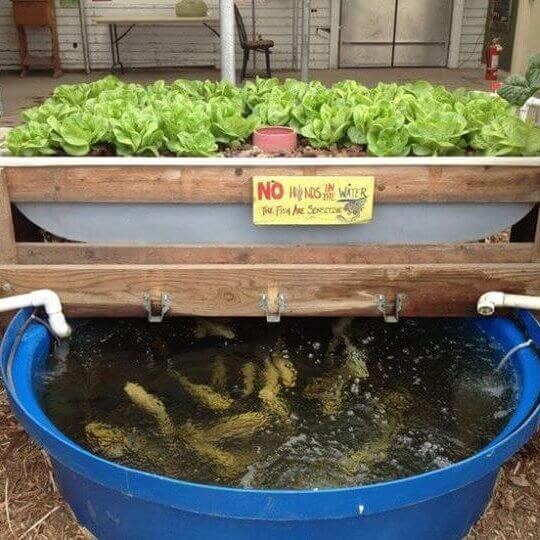The agricultural sector of the world has been trying to break into new grounds and come up with proven records that countries can compete favorably when the sector is developed.
Despite the many challenges the agricultural sector has been facing over the years, the sector has also been able to experience increased productivity, using small farm size and labour, all of which can be attributed to the use of trending technologies such as indoor green houses, drones, tractors and farm machineries, irrigation systems, online farm markets, farm management softwares, controlled farming environment, vertical agriculture, etc.
However, this blog will be centered on vertical agriculture/farming, as it is one among the many technologies that is yet to be adopted fully in both developed and developing countries of the world.
So, let’s dive into what vertical agriculture is all about and the types of vertical agriculture that are been practiced around the world.
What is Vertical Agriculture/Farming?
Just like the name, vertical farming is a way of growing crops in vertically stacked layers, rather than the traditional horizontal farming. This practice can use soilless farming techniques such as hydroponic, aeroponic and aquaponic growing methods.
The modern concept of vertical farming was proposed in 1999 by Dickson Despommier, professor of Public and Environmental Health at Columbia University, and it seeks to maximize plant space utilization and production by scaling up off the ground, allowing more plants to be grown in the same area, as such it is hoped that it would become a major source of food production for the human race and it’s ever increasing population.

As at 2020, the number of operational vertical farmlands in the world was about an equivalent of 30 ha (74 acres), with countries such as China, Japan, Singapore, Taiwan, Thailand, Netherlands, France, United Kingdom, Germany, etc., already utilizing such farming technology. However, the African continent, is yet to adopt vertical farming, stemming from the many challenges that are faced by the agricultural sector of the continent.
Types of Vertical Farming
(1). Hydroponics
(2). Aquaponics
(3). Aeroponics
Hydroponics
In hydroponics plants are grown in water instead of soil. Nutrients are added to the water so as to keep the plants alive, an advantage of this is that, since nutrients are sent directly to the plant’s root through water rather than being absorbed out of the soil, they( the nutrients) are more readily available for growth and healthy development of the plant. Furthermore, in hydroponics the quantity of each nutrient is controlled making plants grow healthier, larger and producing greater yields.
Although most crops can be grown with hydroponics, crops like; cucumbers tomatoes, peppers, cucumbers, strawberries, leaf lettuce, celery and some herbs are usually grown hydroponically.

Aquaponics
Aquaponics is the cultivation of plants and animals (fishes) in a recirculating environment. The term aquaponics is gotten from two words, aquaculture (the rearing of fishes in a closed environment) and hydroponics (the growing of plants in a soil-less environment). Aquaponics involves cultivation of fish and plants together in a constructed, recirculating ecosystem utilizing natural microbial cyles to convert fish waste to plant nutrients. In aquaponics, when the fish eats food and excrete waste, it is converted by bacteria to nutrients that the plants use. By consuming the nutrients the plants help to purify the water.

Some advantages of aquaponics are;
Aquaponics involves two agricultural products (fish and vegetables) being produced from one nitrogen source (fish food), also it is a water- efficient system i.e less water is used for both aquaculture and hydroponics. In addition to this, aquaponics doesn’t require using fertilizers or chemical pesticides. Plants such as; tomatoes, leafy lettuce, cauliflower, peppers, cucumbers can be grown with this method while bushy and vining plants like corn and squash cannot be grown with aquaponics because of their size.
Aeroponics
Aeroponics is a unique type of vertical farming because it uses no soil or aquatic organisms to grow plants. The absence of a growing medium helps save energy for the farming technique and plants.
In aeroponics, plants are grown in pieces of foam stuffed into tiny pots, the pots are exposed to light on one end and nutrient mist on the other end. The foam holds the root and stem as the plants grow.
Aeroponics is used to grow crops like marijuana, strawberries, tomatoes, cucumbers and other vegetables but it doesn’t support fruiting shrubs and trees because of their size.

Some benefits of aeroponics are;
Plants get more access to oxygen (when compared with the normal horizontal farming), and this leads to rapid growth of the plants. Aeroponics is also a water-efficient system of growing plants. Furthermore, with aeroponics large quantity of food can be grown in a small space
Conclusion
Should vertical farming be considered in Nigeria, despite how costly it is to setup? Yes! This is because, aside from the technique being environmentally friendly, it is surely one of the ways of increasing food production, achieving profit maximization, and ultimately achieving food security in the country.
